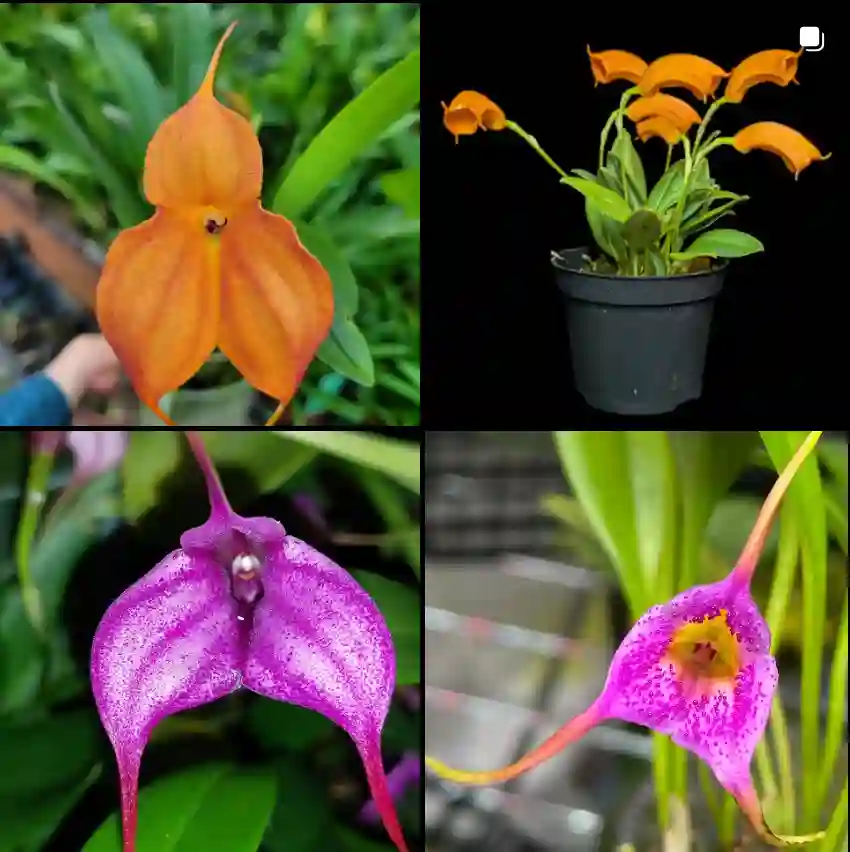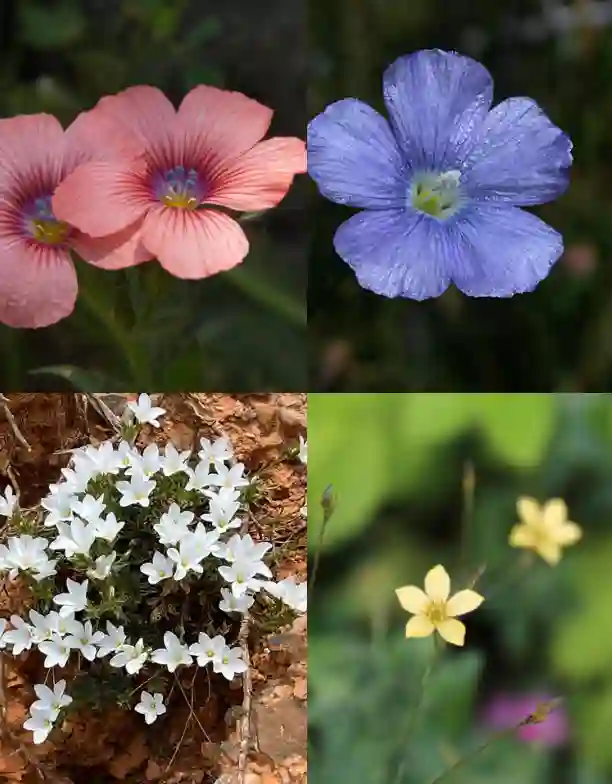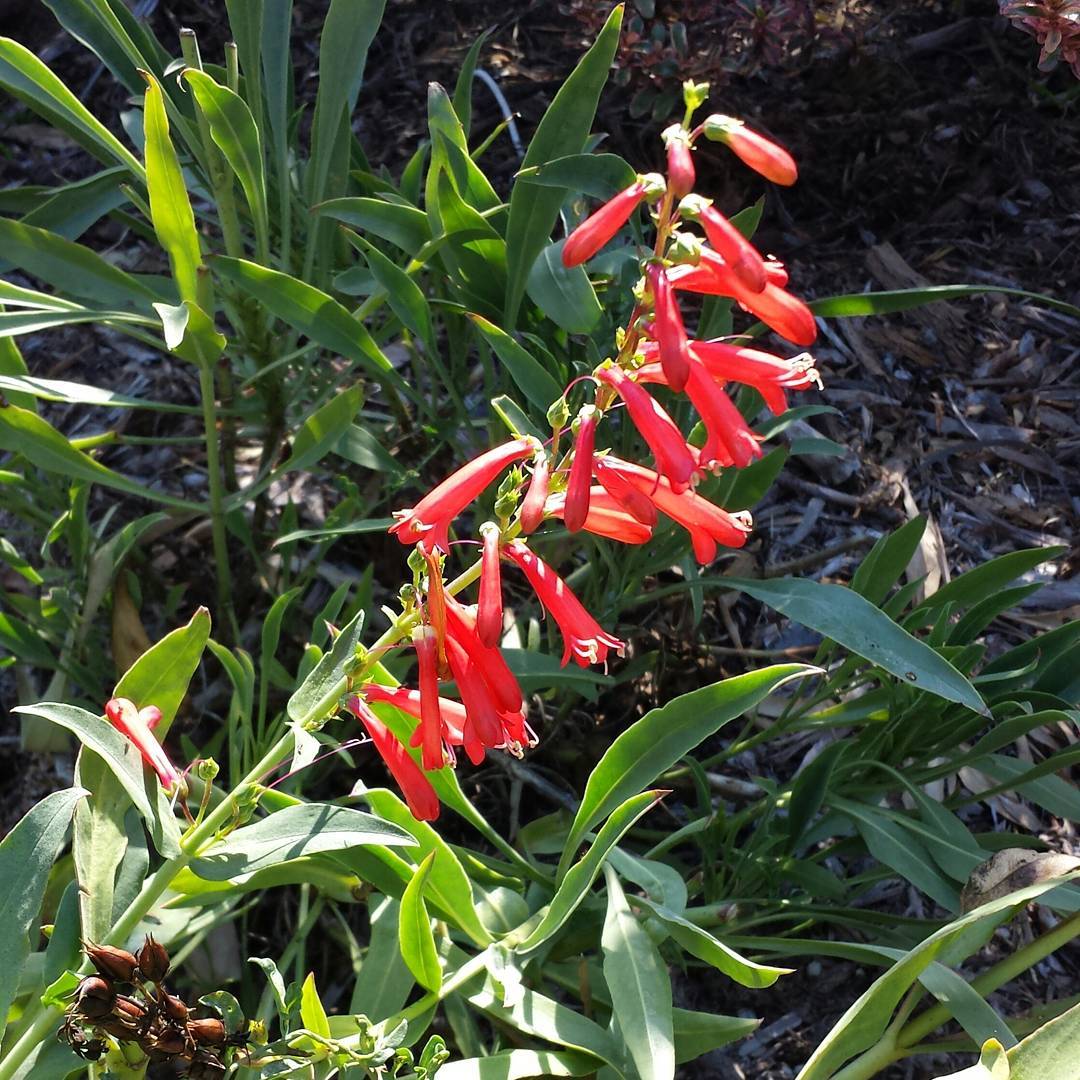The Dioscoreaceae Family: A Personal Exploration
The Dioscoreaceae family, commonly known as the yam family, has always fascinated me with its diverse range of genera and species. This family comprises fascinating plants that range from climbing vines to herbaceous perennials. For anyone passionate about plants, exploring the Dioscoreaceae family is like embarking on an adventure through different ecosystems and botanical niches.
Dioscorea: The Heart of the Yam Family
635 Species in Genus Dioscorea
Whenever I think of the Dioscoreaceae family, Dioscorea is the first genus that comes to mind. This genus is the most prominent in the family, comprising over 600 species, many of which are cultivated for their edible tubers, known as yams. These tubers are not only a staple food in many cultures but also hold significant cultural and economic importance.
I have always found Dioscorea plants intriguing due to their distinctive climbing habit and heart-shaped leaves. The tubers vary in size and shape, ranging from elongated to round, and their skin can be smooth or rough, depending on the species. In my own garden, I’ve experimented with growing Dioscorea alata, the purple yam. It was a rewarding experience to see these vines thrive and produce vibrant, nutrient-rich tubers.
What stands out most to me about Dioscorea is its adaptability. These plants can grow in diverse environments, from tropical rainforests to arid regions. Their tubers are an excellent source of carbohydrates, making them vital for food security in many developing countries. This resilience and versatility are what make Dioscorea such a captivating genus to study and cultivate.
Stenomeris: The Lesser-Known Climber
Moving on from the well-known Dioscorea, the genus Stenomeris is a lesser-known but equally intriguing member of the Dioscoreaceae family. Unlike the more robust yams, Stenomeris species are delicate climbers with slender stems and small, inconspicuous flowers.
I remember encountering Stenomeris borneensis during a trip to Southeast Asia. Its delicate twining habit and fine foliage caught my eye. This plant thrives in the understory of tropical forests, where it clambers up trees to reach the dappled sunlight. Stenomeris may not have the culinary appeal of Dioscorea, but its ecological role as a forest climber is crucial. It adds to the structural diversity of its habitat, providing support for other plants and insects.
Tacca: The Bat Flower Mystery
The genus Tacca introduces an element of the bizarre to the Dioscoreaceae family. Tacca species, commonly known as bat flowers or arrowroot, are herbaceous plants with large, unusual flowers that resemble bats in flight. These flowers are accompanied by long, whisker-like filaments, giving the plant an almost otherworldly appearance.
I first encountered Tacca chantrieri in a botanical garden, and it was love at first sight. The plant’s dark, velvety petals and surreal appearance made it an instant favorite. Tacca is not just a pretty face, though. Its tubers have been traditionally used in medicine and as a food source in some cultures. Growing Tacca in my garden was a challenge, as it demands high humidity and consistent moisture—conditions that are not always easy to replicate. However, the reward of seeing those dramatic blooms makes the effort worthwhile.
Trichopus: The Endurance Enhancer
Trichopus, often referred to as the “Ayurvedic Ginseng,” is another fascinating genus within the Dioscoreaceae family. The most well-known species, Trichopus zeylanicus, has gained a reputation as an energy booster and adaptogen in traditional medicine.
I’ve always been intrigued by the ethnobotanical uses of plants, and Trichopus is no exception. The leaves and berries of Trichopus zeylanicus are used in traditional practices to enhance stamina and vitality. While I haven’t had the opportunity to grow this plant myself, learning about its properties and uses has been captivating. It’s amazing how this small, unassuming herb can pack such a potent punch in terms of medicinal benefits.
The Dioscoreaceae Family’s Ecological and Economic Importance
The Dioscoreaceae family is not just a collection of interesting plants but also holds significant ecological and economic value. Species like Dioscorea are essential for food security in tropical regions, while others like Tacca contribute to biodiversity and have medicinal uses.
From a horticultural perspective, these plants offer a diverse range of growth habits and appearances, making them fascinating additions to any collection. Whether it’s the robust and versatile Dioscorea, the delicate climber Stenomeris, the bizarrely beautiful Tacca, or the medicinally potent Trichopus, each genus brings something unique to the table.
Conclusion
Exploring the Dioscoreaceae family has deepened my appreciation for the intricate relationships between plants and their environments. Each genus within this family, whether cultivated for food, admired for its beauty, or used for its medicinal properties, has its own story to tell. For any plant enthusiast or botanist, the Dioscoreaceae family offers a treasure trove of botanical wonders that are well worth exploring.
This journey through the yam family has been a fulfilling one, and I look forward to discovering even more about these fascinating plants in the future.
If i die, water my plants!


